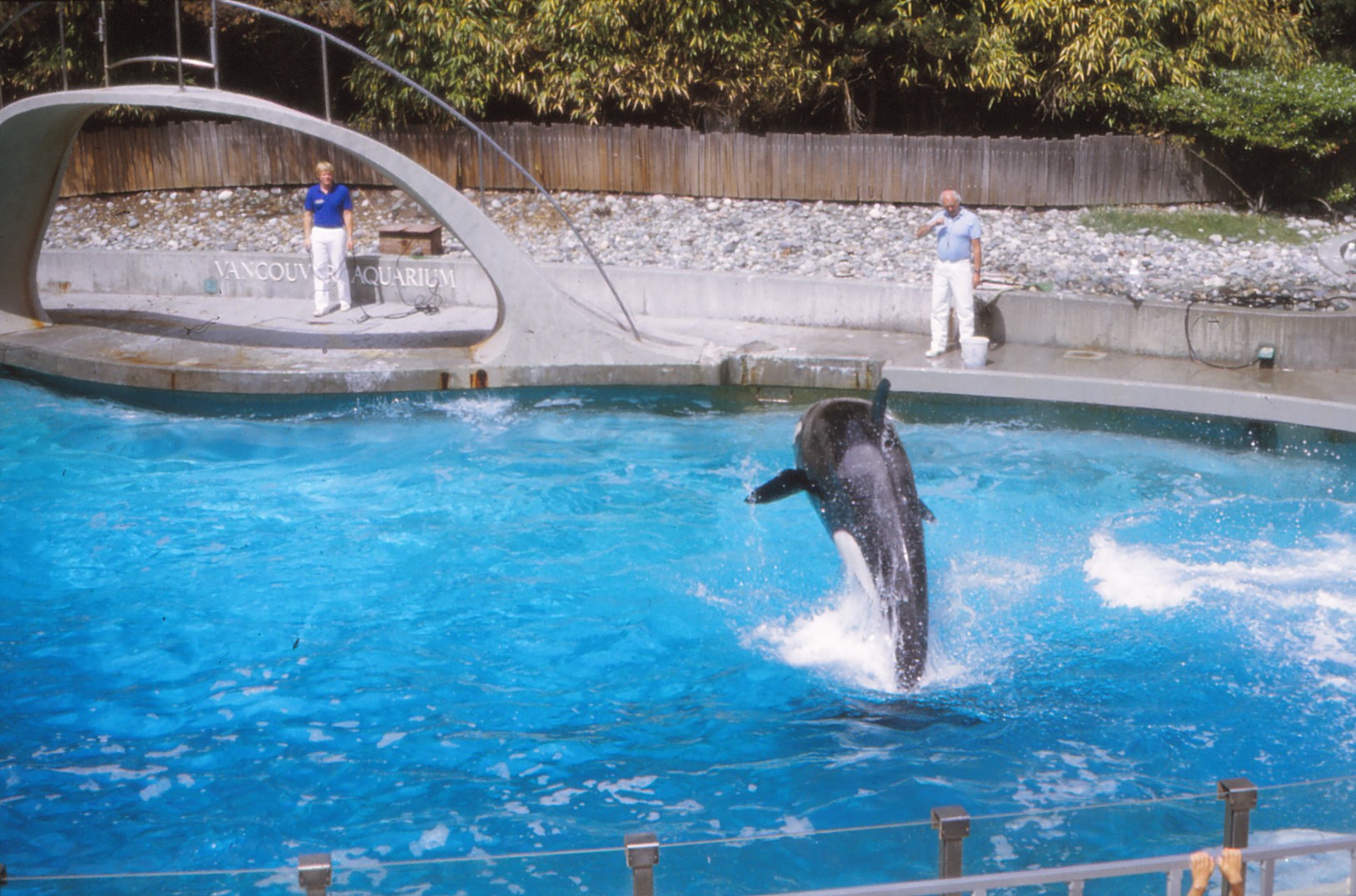Functions Determine Temperature Effects on Animals and ManTorstai 30.9.2021 klo 19.05 - Mikko Nikinmaa Climate change is one of the most studied topics of the present time. The web of science contains approximately 350 000 scientific articles studying the topic. Out of these, around 64 000 have studied the biology of climate change. However, only about 1500 of those appear to be concerned with animal or human physiology. This is very concerning, since any effects of temperature changes must be a result of physiological responses to the change. All the other findings on animals and man will be downstream consequences of the physiological adjustments. In view of the above, the recent compilation of reviews in the Journal of Experimental Biology is very welcome. Since it is open access, everyone can read it at https://journals.biologists.com/jeb/issue/224/Suppl_1. As an example, polar bears have become iconic victims of climate change. There are several documentaries about skinny and diseased creatures about to succumb to increased temperatures as they find less food, when sea ice decreases because of an increase in temperature. However, if that were the only problem they are facing, their plight would probably be tolerable. But since their food availability is decreased, they need to spend an increased amount of energy to catch the prey. Because of the sea ice loss, the energy needed for locomotor activity is 3-4 times higher than expected. Another problem with endotherms is that an increase in temperature is less well tolerated than a decrease. Further, an increase in temperature is a serious problem in dry environments because water loss increases. For ectothermic animals, temperature increase causes various problems. Dive durations of reptiles, turtles and amphibians decrease by about a third. This translates directly to decreased feeding efficiency. The thermal niches of fish become decoupled from the light-dark rhythms, which function as cues for reproduction etc. When thinking about thermal niches, it appears that both tropical and polar fish tolerate changes in temperature less well than temperate ones. Two overall problems are apparent in translating most temperature studies on fish to climate change scenarios. First, the temperature changes due to climate change are usually much slower than temperature changes imposed on fish in experiments. Second, individual variation as an important component of temperature responses of fish is hardly ever considered. Also, one knows very poorly, what the actual physiological mechanisms behind the measures of thermal tolerance are. The major reasons why our understanding of physiological mechanisms behind the responses to climate change are poor is due to the fact that functional studies have not been considered important. However, any ecological or genetic response can only occur, if physiological changes take place earlier. Thus, predicting climate change effects on animal populations requires understanding how animals respond physiologically, not by observing changes that have already occurred (either ecologically or genetically).
|
|
Kommentoi kirjoitusta. Avainsanat: climate change, physiology, temperature biology, individual variatio |
Because variability in redox signalling is important in temperature acclimation, toxicants causing oxidative stress may affect animal life in climate change situation in unknown ways.Maanantai 14.9.2020 klo 16.53 - Mikko Nikinmaa One of the most important disturbances caused by toxic chemicals on animals is oxidative stress. Chemicals with no structural similarity such as metals (Cu, Fe) and polychlorinated biphenyls (PCBs) can affect reactive oxygen species (ROS) production. Redox balance plays a role in rhythmic functions, such as circadian (daily) rhythms, affects temperature acclimation and responses to low oxygen. As a consequence, many normal functions such as feeding and reproductive rhythms, activity patterns etc. can be affected by environmental disturbances. Further, the effects on normal physiological functions may occur at concentrations of chemicals, which do not appear to exert clear toxicity, but because for example feeding times are affected, subject animals to increased predation pressure or other indirect effects. A further complicating factor is the pronounced individual variability, which normally helps populations to survive through unfavourable conditions. This can be an important component of temperature acclimation. Since ROS signalling plays a role in temperature acclimation, environmental chemicals affecting ROS level can influence the capability of animals to acclimate to new temperatures, and also affect the important component of population acclimation, individual variability. 
With the present climate change, the light-dark rhythms at a given temperature will be affected, making temperature acclimation more demanding than earlier. The level of difficulty is further increased by environmental chemicals, which affect redox balance. The complex interactions between environmental toxicants, individual variation, temperature/hypoxia acclimation and rhythms are far too poorly understood. This makes it impossible for us to predict how the occurring environmental changes affect animal populations in nature. It is possible, if not even likely, that we see disturbances in conditions that have been considered safe based on traditional toxicology . |
|
Kommentoi kirjoitusta. Avainsanat: oxidative stress, individual variation, environmental contamination |
